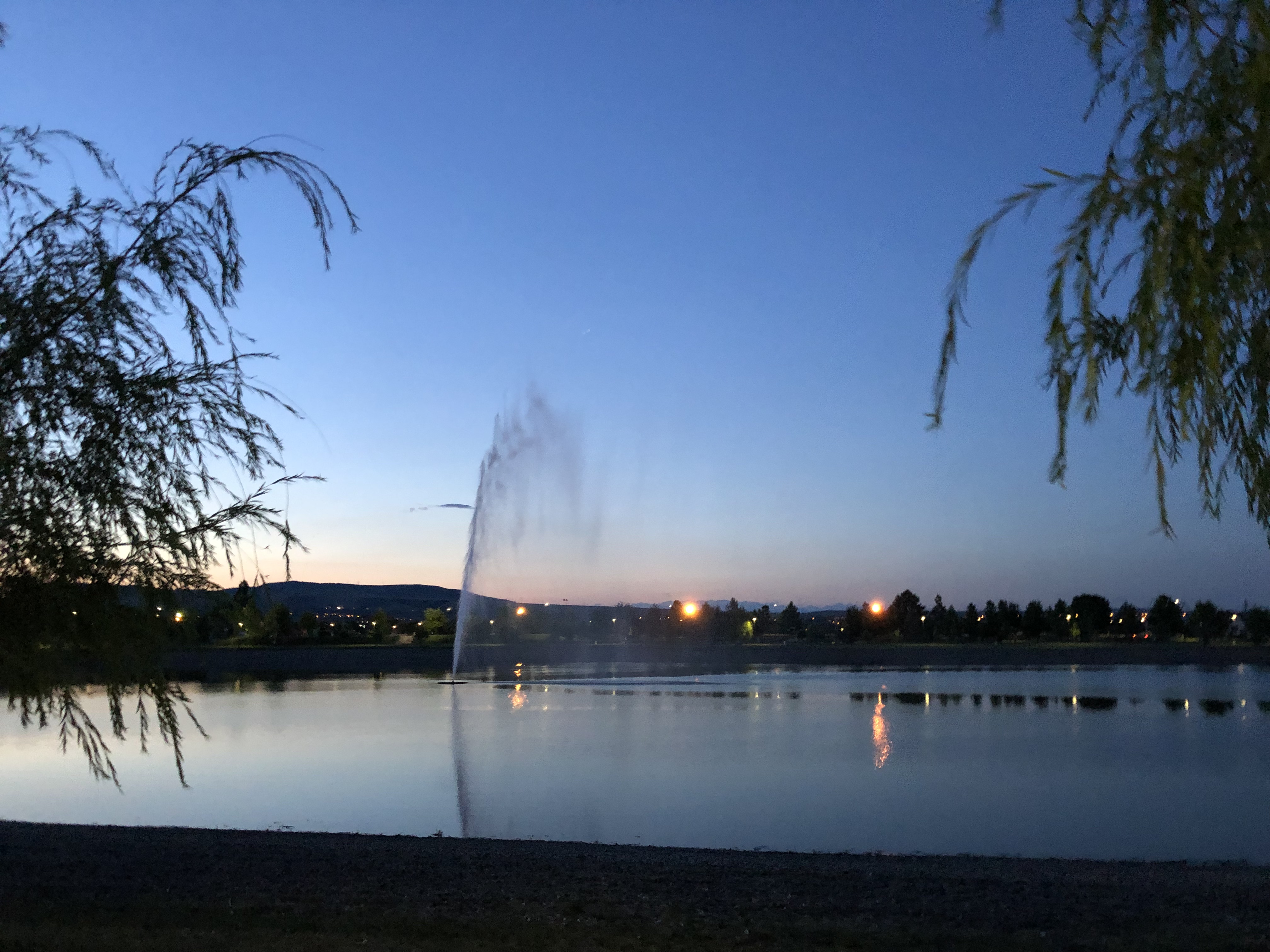|
Fetislam
Fetislam is a fortification situated a few kilometers upstream from the town of Kladovo, on the right bank of the Danube in Serbia. History The fortress is located on a settlement called Novigrad. With the erection of Fetislam the Turkish defense line towards Hungary was completed and this line was made of fortresses in Smederevo, Kulic, Ram, Golubac and Fetislam. The last one was composed from two parts: the Smaller and the Greater town. The Smaller town was erected around 1524 as a starting point of Turkish assaults on Erdelj. During the Austro-Turkish conflicts from 1717 to 1739 the Smaller Town acquires strategic importance, thus the Greater Town is erected around it. Later around 1818 the dirt-built ramparts are topped with curtain walls. After the last reconstruction Fetislam is turned into a artillery bastion. The whole complex of this fortress was surrounded with a still visible deep and wide trench, which used to be filled with water from a Danube's branch. The Turk ... [...More Info...] [...Related Items...] OR: [Wikipedia] [Google] [Baidu] |
Kladovo
Kladovo ( sr-Cyrl, Кладово, ; ro, Cladova or ) is a town and municipality located in the Bor District of Southern and Eastern Serbia, eastern Serbia. It is situated on the right bank of the Danube river. The population of the town is 8,913, while the population of the municipality is 20,635 (2011 census). Name In Serbian language, Serbian, the town is known as ''Kladovo'' (Кладово), in Romanian language, Romanian ''Cladova'', in German language, German as ''Kladowo'' or ''Kladovo'' and in Latin language, Latin and Romanised Greek language, Greek as ''Zanes''. In the time of the Roman Empire, the name of the town was ''Zanes'' while the fortifications was known as ''Diana'' and ''Pontes'' (from Greek "sea" -''pontos'', or Roman "bridge" - ''pontem''). Emperor Trajan had a number of fortications constructed in the area during the Roman times, such as the well-known Trajan's Bridge (Pontes was built on the Serbian side, Theodora was built on the Romanian side). Later, ... [...More Info...] [...Related Items...] OR: [Wikipedia] [Google] [Baidu] |
Ottoman Architecture In Serbia
The architecture of Serbia has a long, rich and diverse history. Some of the major European style from Roman to Postmodern are demonstrated, including renowned examples of Raška, Serbo-Byzantine with its revival, Morava, Baroque, Classical and Modern architecture, with prime examples in Brutalism and Streamline Moderne. Centuries of turbulent history of Serbia caused a great regional diversity and favored vernacular architecture. This made for a heterogeneous and diverse architectural style, with architecture differing from town to town. While this diversity may still be witnessed in small towns, the devastation of architectural heritage in the larger cities during World War II, and subsequent socialist influence on architecture resulted in specific mix of architectural styles. Prehistoric period Numerous civilizations and cultures resided on the territory of Serbia prior to the arrival of the Romans. Best known ones were Starčevo culture, Starčevo, Iron Gates culture, ... [...More Info...] [...Related Items...] OR: [Wikipedia] [Google] [Baidu] |
Forts In Serbia
This is a list of fortifications in Serbia. The list includes remains (ruins) of military constructions; fortresses (''tvrđave''), castles (''zamci''), towers (''kule''), etc. There are over 30 preserved forts in Serbia, and more than hundreds of sites with remains of old fortifications. Forts in Serbia are preserved from the Roman, Byzantine, medieval Serbian and post-Ottoman eras. The majority of forts have been renovated throughout history with changing rule and adaptations to war technology development. Many forts are foundations of modern towns and cities, such as the Belgrade Fortress. Later, Western, Habsburg and Austro-Hungarian architecture exists in Vojvodina; Bač castle, Vršac. The fortified monasteries of Mileševa, Manasija and Ravanica served as protection to locals during harsh times. This list does not include palace castles, which are listed in a separate article. List Fortifications located within Kosovo are indicated in grey. Annotations * Further re ... [...More Info...] [...Related Items...] OR: [Wikipedia] [Google] [Baidu] |
Serbia
Serbia (, ; Serbian language, Serbian: , , ), officially the Republic of Serbia (Serbian language, Serbian: , , ), is a landlocked country in Southeast Europe, Southeastern and Central Europe, situated at the crossroads of the Pannonian Basin and the Balkans. It shares land borders with Hungary to the north, Romania to the northeast, Bulgaria to the southeast, North Macedonia to the south, Croatia and Bosnia and Herzegovina to the west, and Montenegro to the southwest, and claims a border with Albania through the Political status of Kosovo, disputed territory of Kosovo. Serbia without Kosovo has about 6.7 million inhabitants, about 8.4 million if Kosvo is included. Its capital Belgrade is also the List of cities in Serbia, largest city. Continuously inhabited since the Paleolithic Age, the territory of modern-day Serbia faced Slavs#Migrations, Slavic migrations in the 6th century, establishing several regional Principality of Serbia (early medieval), states in the early Mid ... [...More Info...] [...Related Items...] OR: [Wikipedia] [Google] [Baidu] |

